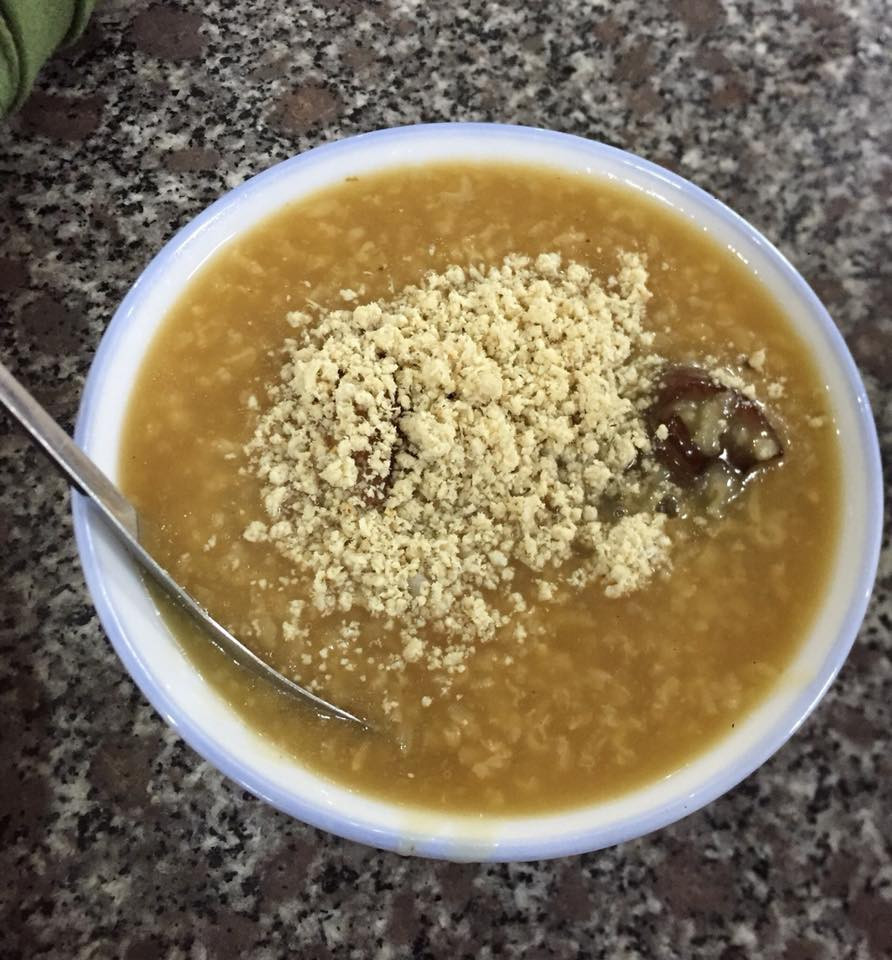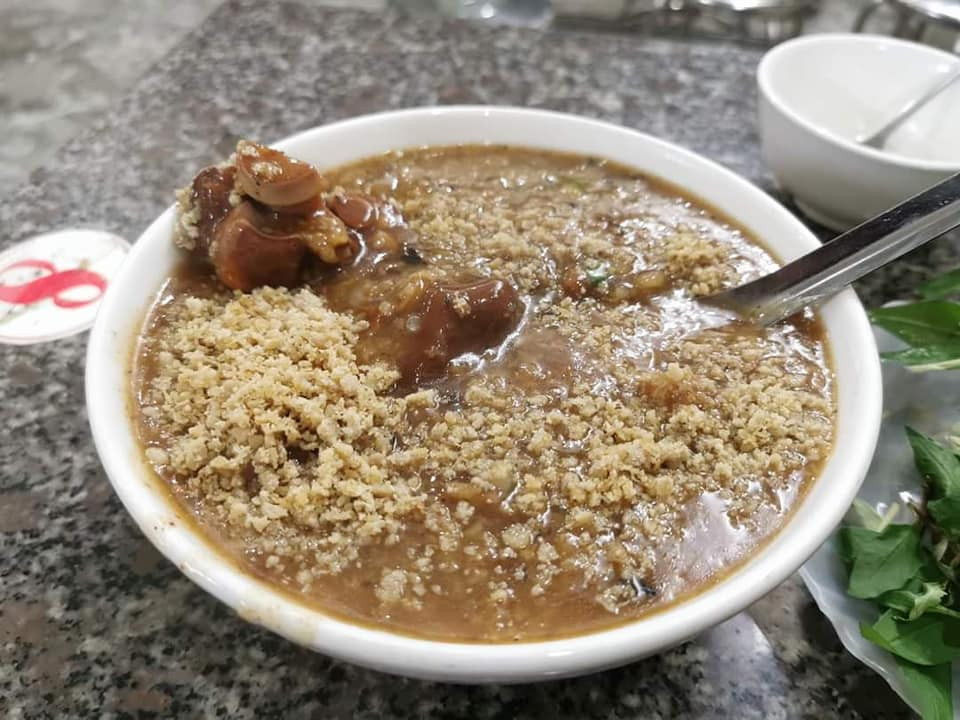In Ha Giang, a distinctive local specialty with a unique bitter flavor is typically served from evening until late at night.
Known as chao au tau (wild tuber porridge), this dish is beloved by locals and tourists alike for its health benefits and comforting warmth in the cool mountain air.
A signature dish of Ha Giang
Ha Giang City is a must-visit destination for travelers exploring Vietnam's northernmost region. Among its many attractions is chao au tau, a dish considered a "must-try" by locals.
The porridge’s main ingredient is the au tau root, also known as aconite or fu zi. This wild tuber grows in cold, mountainous areas, primarily in northern Vietnam.
Traditionally, au tau is known in Eastern medicine for its spicy, warming properties and is used to treat ailments like muscle pain, colds, and fatigue.
However, the tuber is extremely toxic if consumed raw or improperly prepared, earning it a place in Vietnam's Category A list of toxic substances. Once thoroughly processed, it becomes a valuable medicinal ingredient, ranking among the "four great herbal remedies" alongside ginseng, velvet antler, and cinnamon.
Transforming poison into porridge
The people of Ha Giang have mastered the art of neutralizing the tuber’s toxicity to create a nutritious dish. Thanh Hoa, the owner of a night market eatery in Ha Giang, explained that au tau must be cooked at high temperatures for long periods to eliminate its toxic effects.
The preparation process is meticulous:
The au tau roots are peeled, soaked overnight in rice water, and thoroughly cleaned.
The tubers are then simmered for hours until soft and crumbly.
The softened roots are mashed into a thick paste and cooked with fragrant plain rice and pork leg bone broth.
To achieve the porridge’s signature creamy texture, some chefs add a touch of sticky rice and slow-cook the mixture for 2–3 hours. The cooking process involves frequent taste tests; if the porridge causes a tingling sensation on the tongue, it indicates that the tuber hasn’t been fully detoxified and requires additional cooking.
A bowl of warmth and wellness
Once ready, chao au tau has a dark brown color resembling chao long (Vietnamese blood porridge). It is often served with toppings like egg, minced pork, and organ meats, and garnished with herbs like scallions and perilla leaves.
The porridge is commonly sold in Ha Giang City and nearby towns like Meo Vac, Yen Minh, and Dong Van. It is available year-round but is primarily served in the evenings, as locals believe its health benefits are maximized when consumed before bedtime.
Thanh Hoa shared, “Middle-aged people eat chao au tau to strengthen their bones and improve their health, while travelers and traders enjoy it as a restorative meal to relieve fatigue and promote deep sleep.”
A bowl of chao au tau typically costs between 30,000 and 40,000 VND ($1.25–1.70).
Nguyen Hong Thu Trang, a Hanoi resident, described her first experience with chao au tau as intriguing. “The porridge has a bitter and slightly earthy taste, similar to tien thao (pseudoginseng),” she said.
While first-timers might find the bitterness daunting, many grow to appreciate its depth of flavor. “If you get used to it, you’ll notice the bitterness blends beautifully with the creamy au tau, the tender rice, and the subtly sweet broth,” Trang added.

 |
 |
 |
 |
 |

Thao Trinh